One of the joys of drinking these older oolongs that I’ve been drinking is the freedom from any sort of label, hype, or influence from others, really. When a tea that I buy has no label at all, or at best a suggestive “this is an old baozhong” to go by, I can drink and appreciate the tea on its own merit, rather than thinking about what reputation it stands up to, whether it’s really worth the exorbitant price, etc, that are often thought processes that go through one’s mind when drinking an older puerh. For me, at least, it reminds me of the simple pleasures of simply enjoying a cup of tea and not worry about the things that really don’t have a lot to do with the tea itself.
The easy going prices of most of these teas also allow me to experiment and sample in a way that isn’t possible with older puerhs. Today I drank a tea that I picked up on the way to the candy store one weekend. It’s an oldish baozhong that looks a little odd
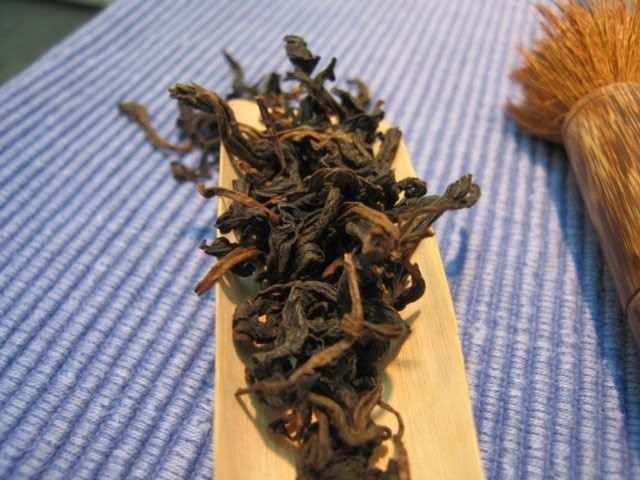
It might not be obvious in this photo, but the leaves are an orangy-green colour, and the stems are exceedingly long and obvious. I didn’t get to try it when I bought it, and so I only got a small amount. I was guessing it’s about maybe 10-15 years old or so, unroasted since it was first processed, and therefore quite rare in that sense. I figured a little of this, if it turns out to be a decent tea, will help me get a fuller picture of what an old, not so old, and youngish baozhong taste like in their various stages of aging.
When I opened the bag today I smelled a whiff of sourness, which worried me. I remember smelling it at the store too, which was one reason why I didn’t buy too much of it — I didn’t know how the sourness would manifest itself in the cup. Then things got hectic and I didn’t even get a chance to try this tea out before I left Taiwan. Now’s my chance to redeem myself.
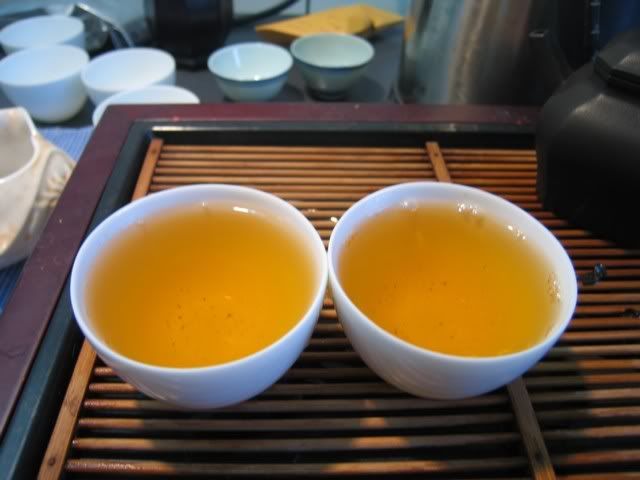
The colour of the tea is a pleasant orange, just like the leaves. I didn’t use much leaves since I worried about sourness, but it turned out to be not a problem at all – there was not even a hint of sourness in the tea itself, which I found strange, given the smell. Mind you, maybe my black pot helped, I don’t know. Since I probably will use the black pot from now on to brew this tea, it probably doesn’t matter…
It is an interesting tea, tasting more honey like than anything else, and has a hint of that aged taste that I am now quite familiar with in older baozhongs. It hasn’t quite turned fruity yet though, and retains a bit of that young baozhong aroma. What is interesting about this tea is that it is very minty down the throat — I could feel it going down, as if I had just swallowed a mint. It was really obvious for two cups before that effect died down. Interesting.
There was also no hint of bitterness to be detected, no matter how hard I tried to overbrew the tea. I think next time, I ought to use a little more leaves, but at the moment, I’m wondering why I didn’t pick up more of this tea.
The wet leaves are also an interesting bunch — note the size of the leaves. They are certainly above average in size, with the stems being a prominent feature. Haven’t really had a baozhong that looked like this. Then again, provenance doesn’t really matter as long as the tea stands up, and this one certainly does.



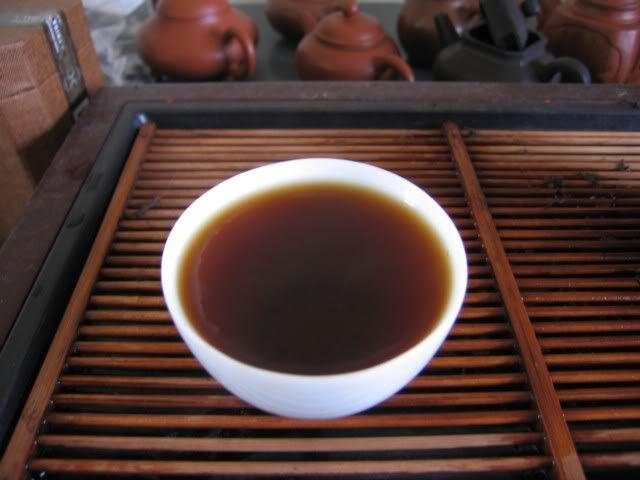
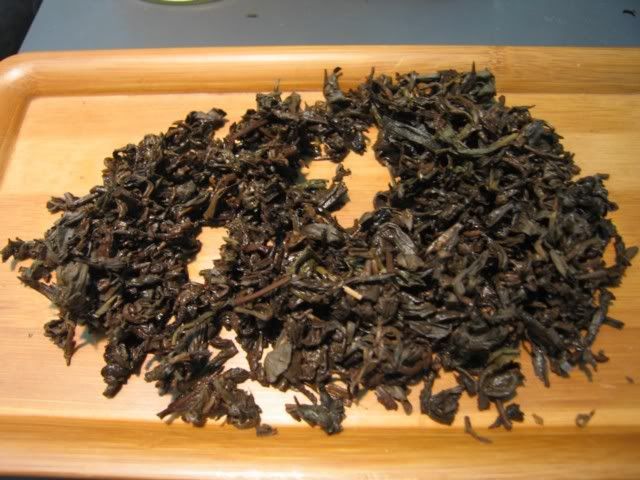

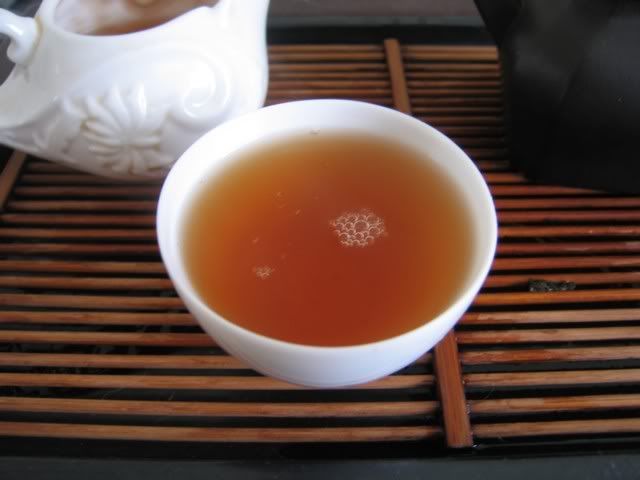
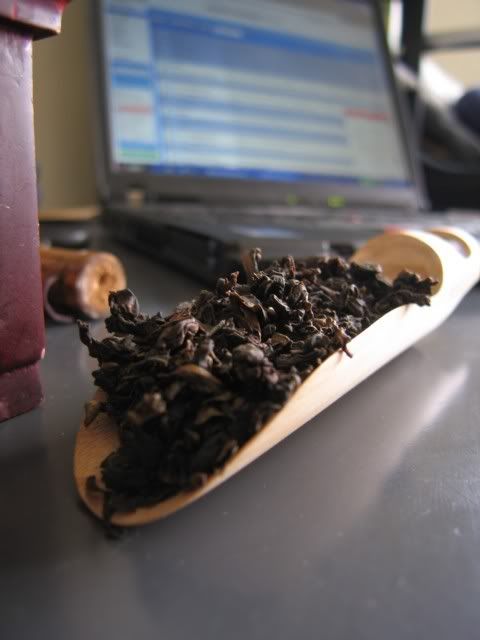
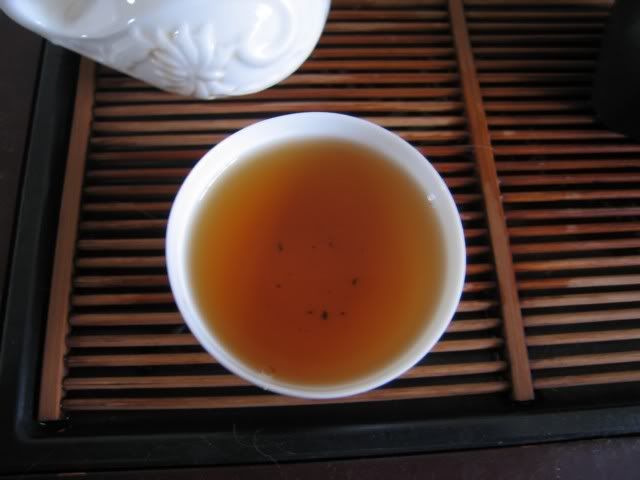
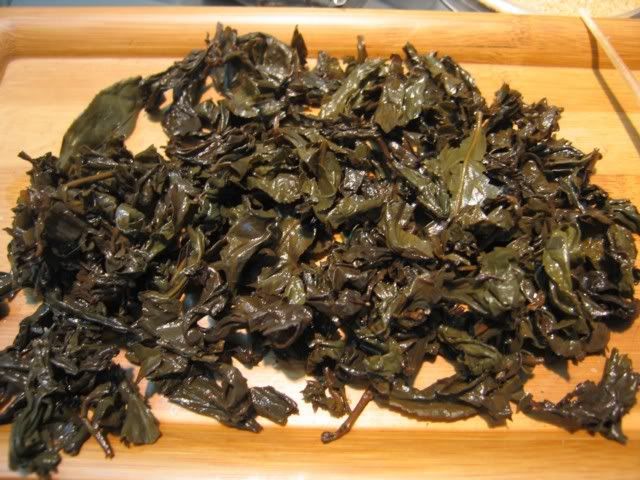
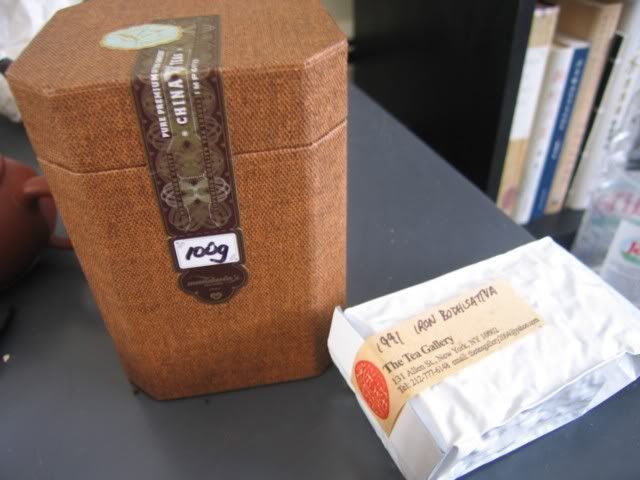
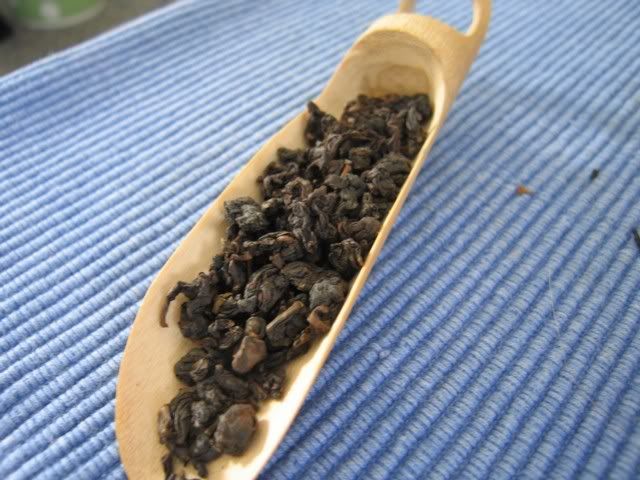
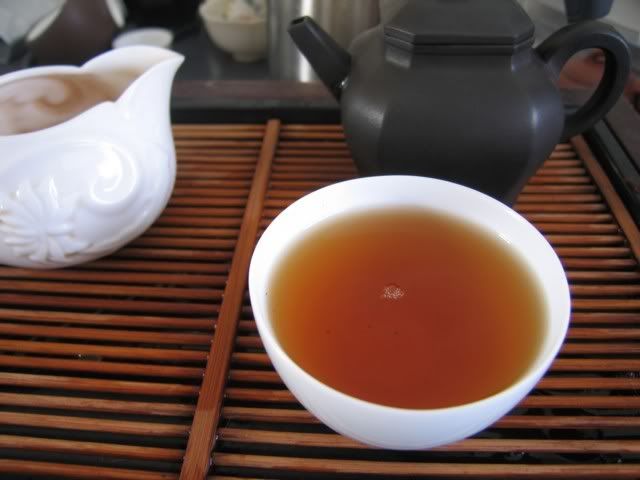
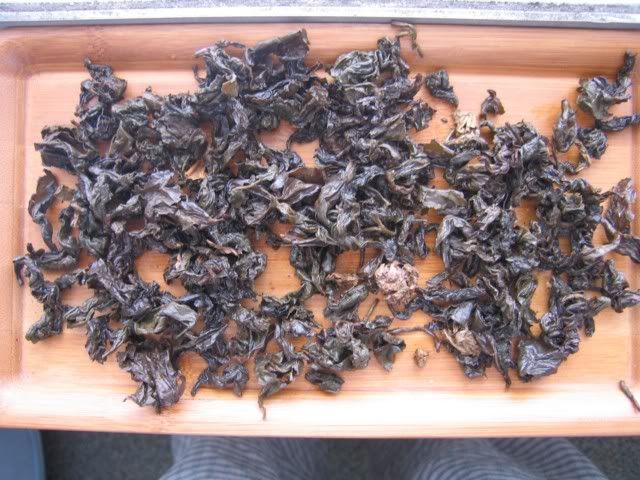



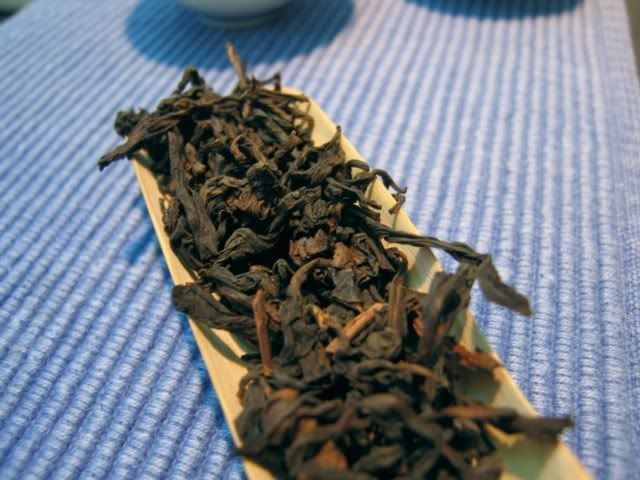
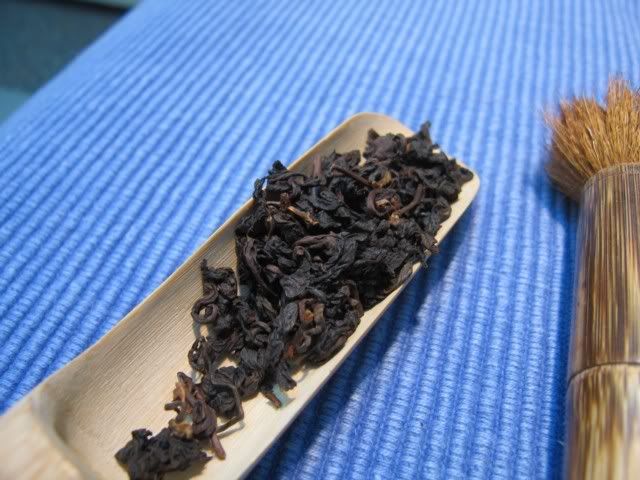

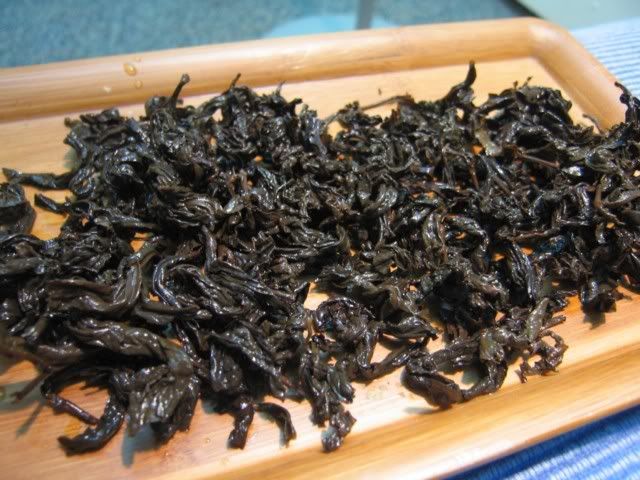
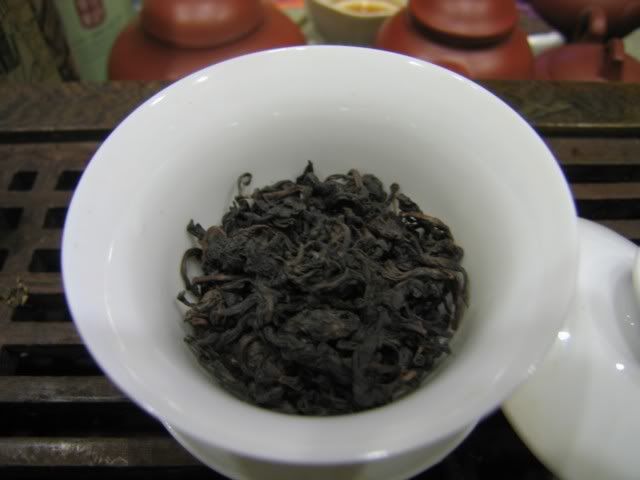
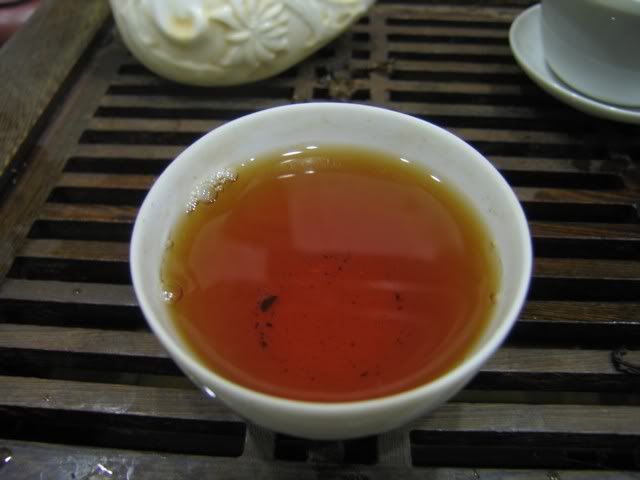
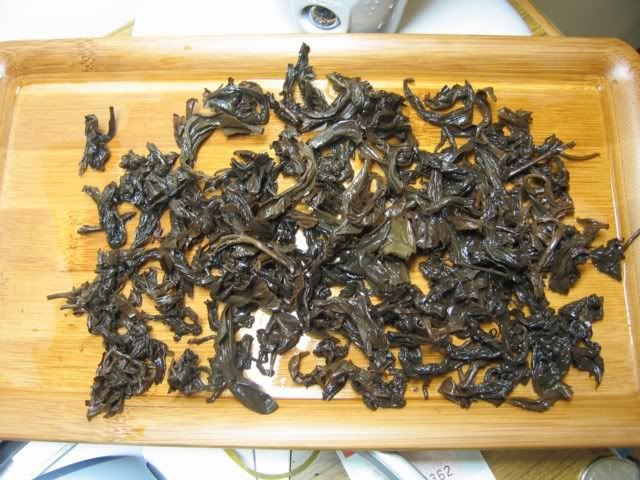
 RSS - Posts
RSS - Posts
I took you at your suggestion and have been reading some of your old post-Covid posts. I haven’t been to…